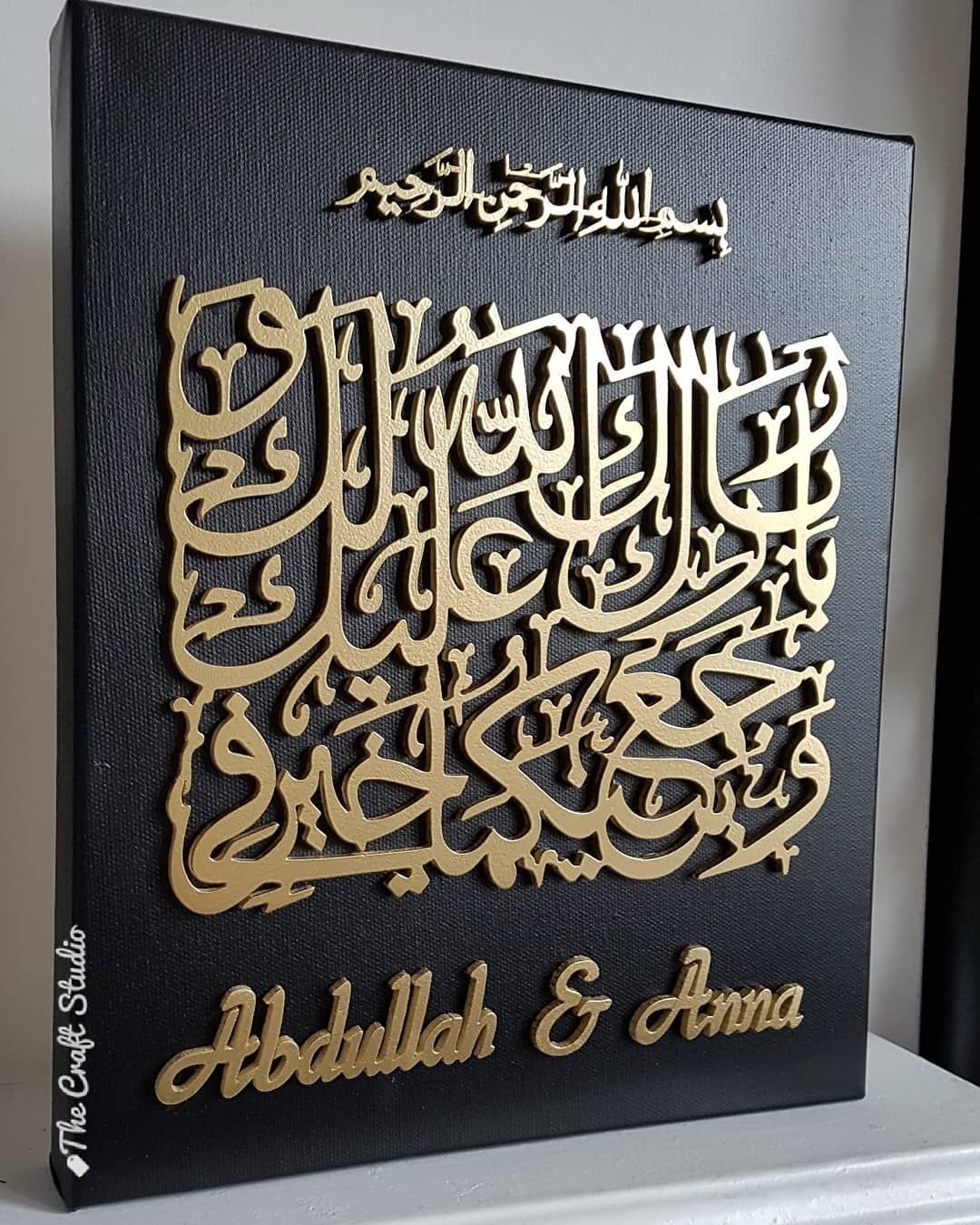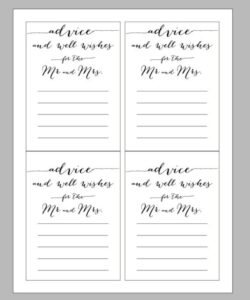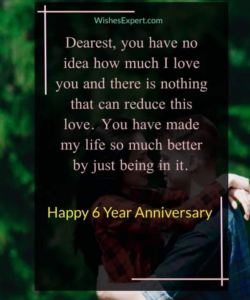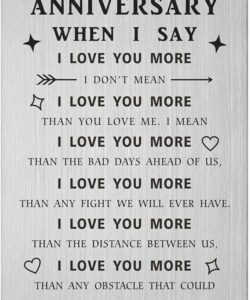When it comes to expressing heartfelt wishes for a newlywed couple, the beauty and depth of Arabic calligraphy bring a unique and profound touch. The phrase “Barakallahu Lakuma Wa Baraka Alikuma” is not only a traditional Arabic wedding greeting but also a profound prayer that translates to “May Allah bless you both and place blessings upon you.” This sentiment, when encapsulated in the art of calligraphy, transcends mere words, becoming a timeless piece of art that symbolizes love, unity, and divine blessings.
The intricate designs of Arabic calligraphy are not just aesthetically pleasing; they carry a weight of cultural significance and spiritual meaning. For couples embarking on the journey of marriage, incorporating such a meaningful phrase in their wedding decor or invitations can add a layer of sacredness to their celebration. It’s a way to honor their roots and bring a piece of tradition into their modern-day love story.

The Significance of Arabic Calligraphy in Weddings
Arabic calligraphy has long been revered for its elegance and spiritual connotations. In the context of weddings, it serves as a bridge between the past and the present, allowing couples to connect with their heritage. The flowing scripts are more than just writing; they are a form of artistic expression that captures the essence of the couple’s emotions and the sanctity of the matrimonial bond.
Choosing to feature “Barakallahu Lakuma Wa Baraka Alikuma” in wedding calligraphy is a decision that adds depth and intentionality to the occasion. It’s a visual reminder of the couple’s wishes for each other – a life filled with blessings and happiness. The phrase, when written in the traditional Kufic or Naskh scripts, becomes a focal point that draws the eye and invites reflection.
Moreover, the adaptability of Arabic calligraphy means that it can be tailored to match the theme and style of any wedding. Whether it’s a grand, opulent affair or a simple, intimate gathering, the calligraphy can be designed to complement the event’s atmosphere. It’s this versatility that makes Arabic calligraphy a popular choice for couples looking to add a personal and meaningful touch to their wedding day.
For those unfamiliar with the art, commissioning a piece of Arabic wedding calligraphy can be a journey of discovery. Working with a skilled calligrapher offers a chance to learn about the history and techniques behind the art form, making the final piece all the more special. It’s an investment in a work of art that carries a message of love and blessings, destined to be cherished for years to come.
Integrating Arabic Calligraphy into Your Wedding
Arabic wedding calligraphy can be incorporated into various aspects of a wedding, from the invitations and decor to the favors and even the wedding attire. Each application offers a unique way to celebrate the couple’s culture and the artistry of the Arabic script. Invitations adorned with calligraphy set the tone for the event, promising an occasion of elegance and significance.
Decor elements like wall hangings, table settings, and even the wedding cake can feature calligraphic designs. These touches not only beautify the space but also create a cohesive theme that resonates with the couple’s identity and heritage. For those seeking a more subtle incorporation, small calligraphic details on place cards or gift tags can add an understated yet meaningful accent.
When it comes to attire, bridal gowns and groom’s outfits can be embellished with calligraphic embroidery, making the wedding ensemble a true work of art. This fusion of tradition and fashion speaks to the heart of what a wedding represents – the blending of lives, families, and histories into a new, harmonious whole.
Regardless of how it’s used, Arabic wedding calligraphy is a celebration of love and a nod to the timeless beauty of the Arabic language. It’s a way for couples to express their respect for tradition while crafting a wedding experience that is uniquely their own. The phrase “Barakallahu Lakuma Wa Baraka Alikuma” thus becomes more than just a wish; it’s a symbol of the couple’s commitment to a blessed and prosperous life together.
FAQ About Arabic Wedding Wishes Barakallahu Lakuma Wa Baraka Alikuma Calligraphy
What Does “Barakallahu Lakuma Wa Baraka Alikuma” Mean?
This beautiful Arabic phrase is a prayer for the newlywed couple, meaning “May Allah bless you both and place blessings upon you.” It’s a common wish in Islamic weddings, expressing hope for a future filled with happiness and divine favor.
Why Is Calligraphy Important in Arabic Wedding Wishes?
Calligraphy turns the wedding wish into a visual art form, adding beauty and depth to the message. It’s a way to honor the cultural significance of the phrase and make it a central part of the wedding celebration.
Can Arabic Calligraphy Be Customized for Weddings?
Absolutely! Arabic calligraphy is highly adaptable and can be tailored to fit the style and theme of any wedding, making it a personal and unique addition to the special day.
How Can I Incorporate Arabic Calligraphy into My Wedding?
There are many ways to include Arabic calligraphy in your wedding, such as on invitations, decor, wedding attire, and even the cake. It’s a versatile art that can enhance the elegance and meaning of your celebration.
Where Can I Find a Skilled Arabic Calligrapher for My Wedding?
You can find skilled calligraphers through online platforms, at cultural centers, or by seeking recommendations from friends and family. It’s important to choose someone who understands the significance of the phrase and the artistry of the script.
Conclusion
In conclusion, “Arabic Wedding Wishes Barakallahu Lakuma Wa Baraka Alikuma Calligraphy” is more than just a phrase; it’s a heartfelt prayer and a work of art that enriches the wedding experience. The elegance of Arabic calligraphy brings a profound sense of tradition and beauty to the celebration, making it an unforgettable element of any Islamic wedding. As couples embark on their journey together, these words serve as a timeless reminder of the blessings and love that surround them.
Whether displayed prominently or woven subtly into the wedding details, this calligraphic art captures the essence of the couple’s hopes and dreams. It’s a testament to the power of words and the beauty of tradition, ensuring that the wedding day is not only a celebration of love but also a reflection of cultural heritage and artistic expression.


